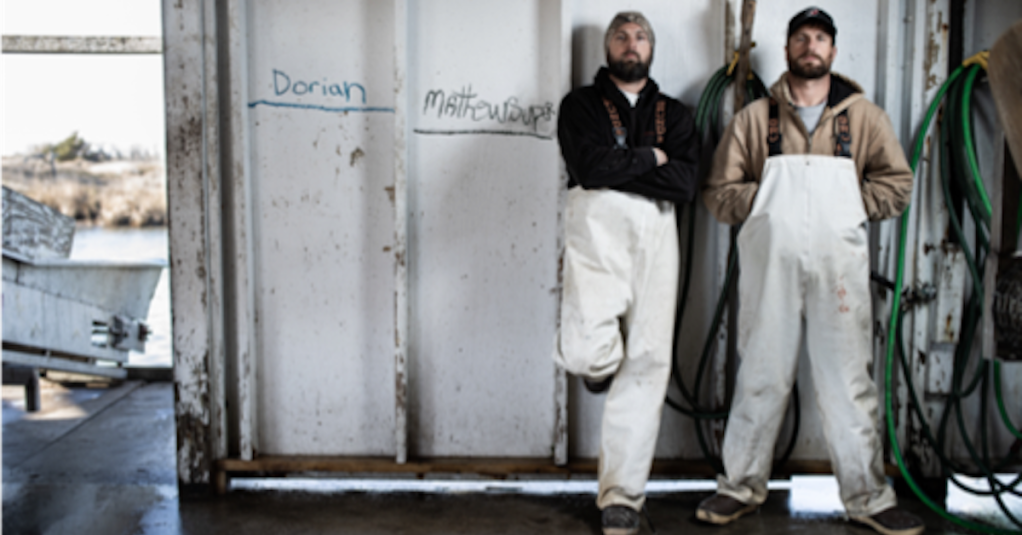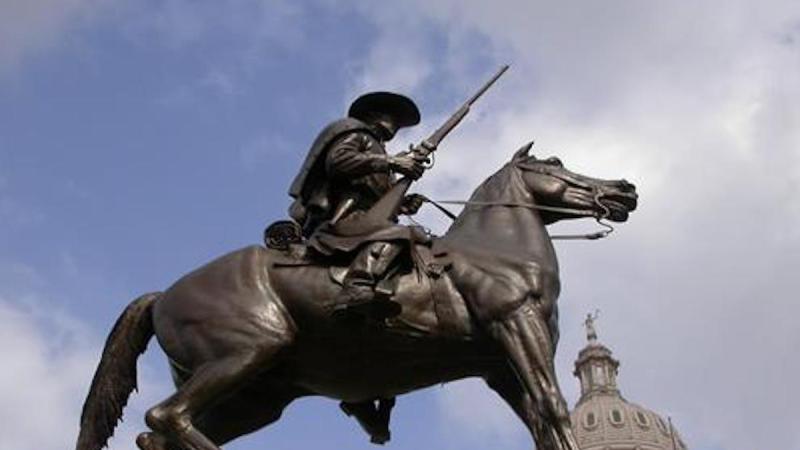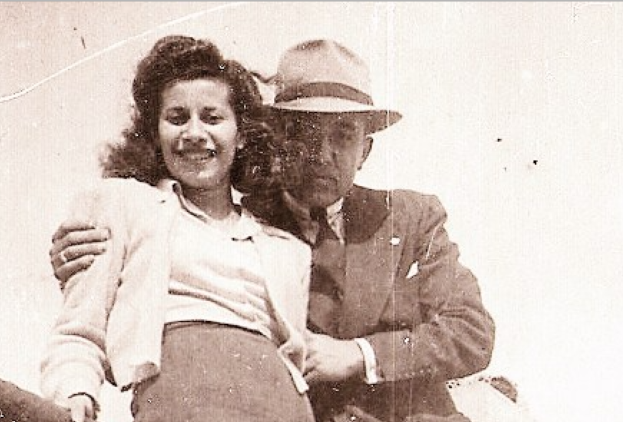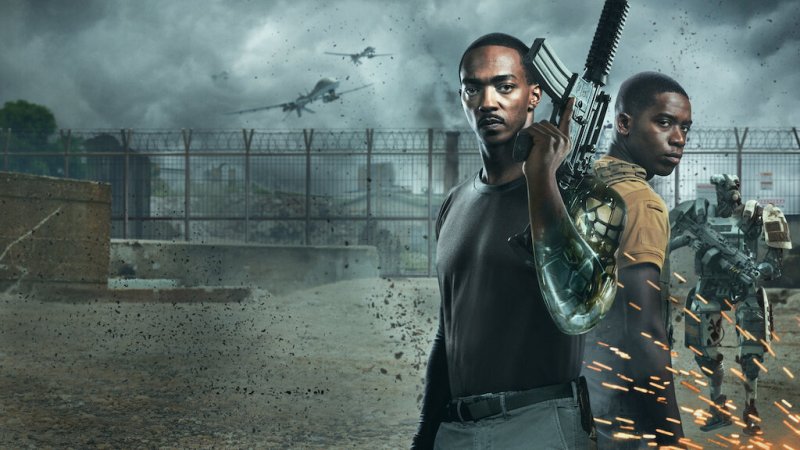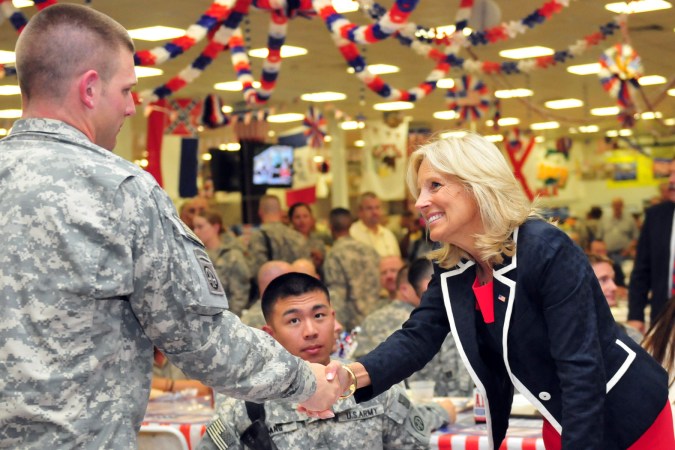Gathering Storm is an intense new show on National Geographic featuring the United States Navy, Coast Guard and Air Force. Each branch is highlighted as they race against time to complete vital missions during catastrophic storms.
Keo Films spent over a year developing the six-part series for National Geographic. The show will bring viewers inside the intensity of the world’s most powerful storms and outline the devastating impacts of climate change. Keo Films gave hundreds of cameras to maritime workers to document a year at sea and what happens during a major storm. Cameras also followed the three military branches serving in the midst of deadly storms.
The Coast Guard can usually be found right in the middle of it all, always ready.

Chief Warrant Officer Paul Roszkowski is a part of the leadership within the Coast Guard Motion Picture and Television office and was involved in the series from the start. “The Coast Guard worked with Keo Films for more than a year to coordinate filming part of our mission the public generally doesn’t get to see. This involved getting international film crews cleared to film at a moment’s notice at a number of Coast Guard units across the country and prestaging cameras at some units in case a storm formed. We are grateful to all of the units that participated in this which include USCGC Cypress, USCGC Alex Haley, Sector Guam and Sector Miami. Gathering Storm will give a peek behind the curtain of what Coast Guard personnel are doing before a major storm hits and the rescues start,” he shared.
Sector Miami is one of the busiest areas of responsibility for the Coast Guard. When hurricane season approaches, that responsibility increases tenfold. “We have two of the busiest cruise ports in the country… The port coordination team is vital. The decisions that are made [during a storm] are impactful. When we set those port conditions, the implications they have on all the stakeholders in the area are huge,” Coast Guard Lieutenant Commander Daniel Delgado explained.
As the Incident Management Division Chief for Sector Miami, Delgado worked closely with Keo Films for the series. “They were interested in seeing the preparation that goes into the ‘before the storm’ work. A group of people were here with us here in the sector building and also gave cameras to our teams that went out to verify pre-storm preparations. It was great working with the crew and they were very respectful of us and the work we had to do and didn’t impede it,” Delgado shared.

When hurricanes are approaching, the Coast Guard receives daily updates from the National Hurricane Center, which is a part of the National Oceanic and Atmospheric Administration (NOAA). Although the public has probably heard of the term “hurricane hunters,” they may not realize who’s flying many of those planes to gather vital weather data that gets dispersed to the Coast Guard: the United States Air Force.
In the first episode, viewers watch as the production crew follows members of Sector Miami navigating the Coast Guard’s response to Hurricane Dorian, a Category 5 hurricane which devastated the Bahamas and Abaco Islands in 2019. The damage left the islands in ruins and Hurricane Dorian was soon declared the worst natural disaster in Bahamian history. The Coast Guard saved the lives of over 400 people, flying and sailing through hurricane force winds and almost zero visibility to do it.
While the first two episodes focus on powerful hurricanes, the series then takes viewers into typhoon alley and through the roughest and most deadly fishing ground on the earth – the Bering Sea. Then watch as the Coast Guard and Navy rush to respond to typhoons in the Pacific, all while the Air Force is flying through the storms to gather the important data needed to respond.

“We featured the ‘Hurricane Hunters’ of the 53 Weather Reconnaissance Squadron of the USAF Reserve, based out of Keesler Air Force Base in Biloxi, Mississippi,” Executive Producer Matt Cole said. He shared that he enjoyed getting to personally interview veteran Hurricane Hunter Lieutenant Colonel Sean Cross about what it’s like flying into powerful storms.
Viewers will also watch the Navy become storm chasers with their advanced technology. “It was fascinating to see how the US Navy center in Pearl Harbor, Hawaii plays a lead role for the whole of that region in tracking typhoons and even providing life-saving forecasts. So, out there where typhoons are such a serious and life threatening problem, the forecasts provided by the US Navy using satellite data are invaluable,” Cole said.
The Keo Films also learned a lot during the filming process. For instance, prior to working on the series Cole and the film crew thought ships were safer in harbor during a storm – an assumption the Coast Guard was quick to correct.

“The folks who work out at sea face these huge storms at their fiercest. By filming with maritime workers on ships at sea we were able to capture the reality of cyclonic weather events and to track their development, through the eyes of these people who work in their path,” Cole explained. Although Hurricanes receive a lot of attention from the media during hurricane season, the show goes even deeper by revealing what it’s like to be in the middle of it all.
Film taken from over 1000 cameras paint a stark and terrifying picture of the impact of storms and climate change, felt on every corner of the globe. “I think that like us, the viewers of the series will come away with a lot more respect for the workforce that makes a living out on the ocean and the military teams that are on constant vigil to try to keep them safe when storms are brewing, through understanding the power and scale of the dangers they face,” Cole said.
The six-part series on National Geographic will air two episodes in a row each Saturday beginning August 15th, 2020 at 10pm.


